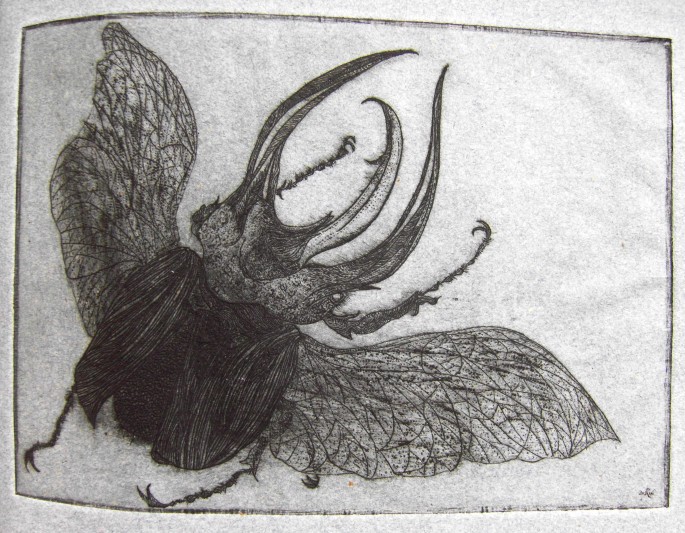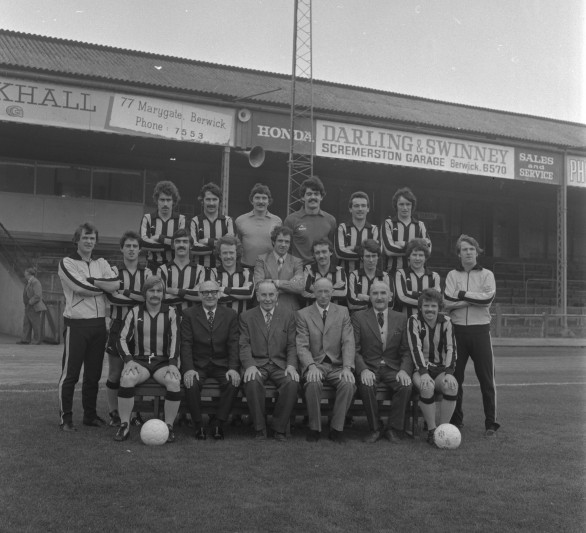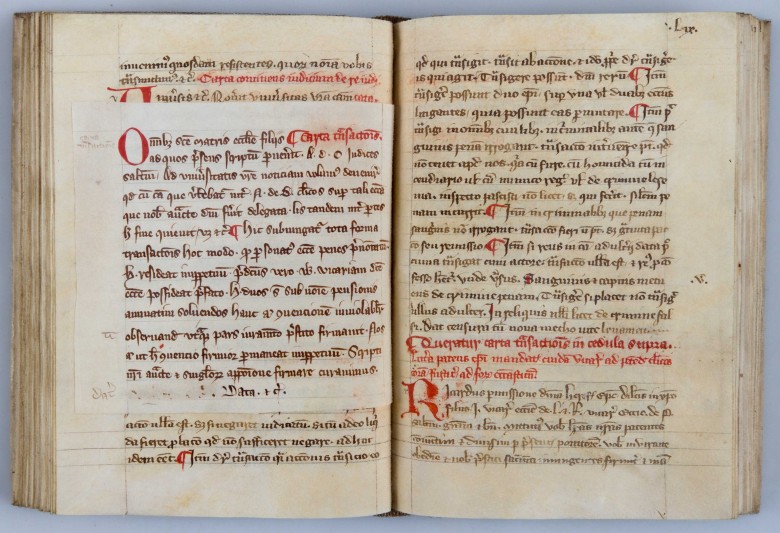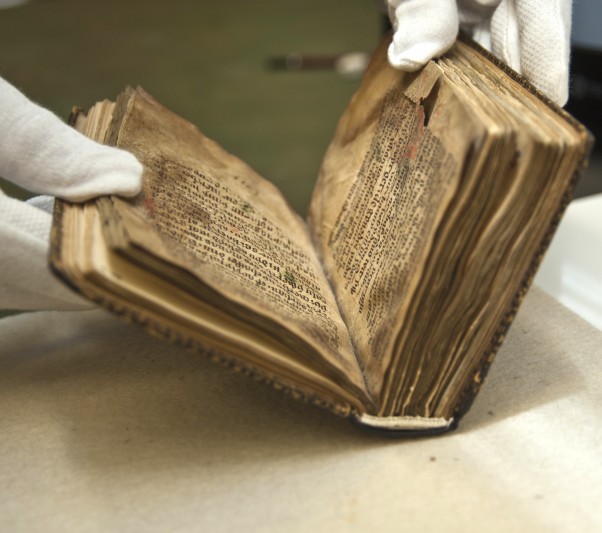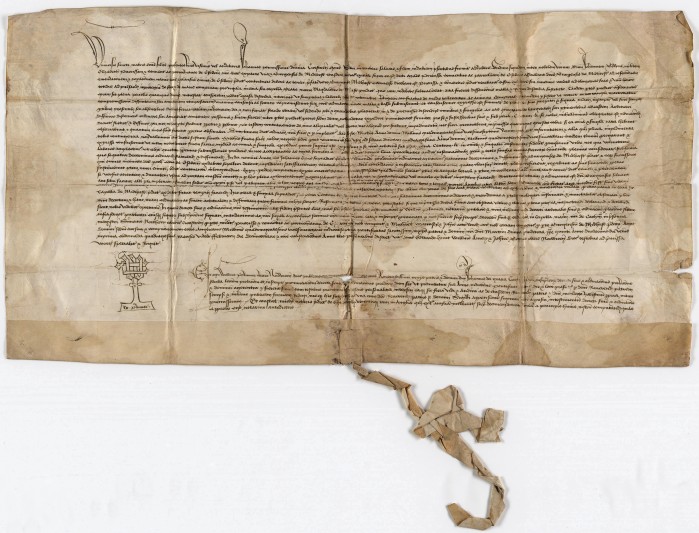Horned Beetles is the first édition de luxe from the Gehenna Press. Arguably the most beautiful of all its illustrated books, it formed a significant step in the development of private press books of the period. It is the first book from the Press to use etchings, made by Leonard Baskin with the combination of detail, colour and texture that was to define the best Gehenna books. The illustrations of beetles, described by Baskin as 'in realistic and fantastic guises' are printed in a range of colours, on hand-made English, Italian, French, Japanese, and 19th-century Swiss papers. The binding, in full blue morocco, is by the Harcourt Bindery, Boston.
Search FNL grants since 1931
George William Frederick Villiers, 4th Earl of Clarendon (of the 2nd creation), diplomat and Liberal politician, was a key player in mid- to late- nineteenth century diplomacy and politics.
A wonderful collection of glass plates and negatives (black and white and colour).
The manuscripts of Reading Abbey were widely dispersed following the Dissolution, and such as have survived have gradually found their way into numerous libraries and archives scattered across the United Kingdom and the United States.
‘The Laws of Hywel Dda’ is a long-established descriptive term for native Welsh legal texts which were traditionally regarded as having been codified in the 10th century by King Hywel ‘the Good’ of Deheubarth, effectively ruler of all Wales under the overlordship of Athelstan of England.
This handsome document, finely written with an elaborate scrivener's mark, is an exemplification of a decree settling a dispute between the Augustinian nuns of Easeboourne Priory and the burgess of Midhurst, relating to the maintenance of the churches of Easebourne and Midhurst, 1429.
A translation of Addison's play 'Cato' which was dedicated to Henry, 3rd Lord Coleraine, Henry Hare (1693-1749), lord of the manor at Bruce Castle from 1708-1749.
The composition was inspired by Holst's holiday in Algeria in 1908. The Moorish melodies he heard on the streets poured onto the page to create a distinct sound.
The manuscript comprises seven pages of script, the draft of a chapter of Imogen Holst's book about her father. The chapter in question discusses The Planets Suite, Gustav Holst's most famous composition.
Dr Giles Roberts (1766-1834) was a prominent physician in Bridport. His family was part of the new merchant class and were able to give him an education; he developed an interest in science and medica botany. By thirteen he had developed some early medicines.
